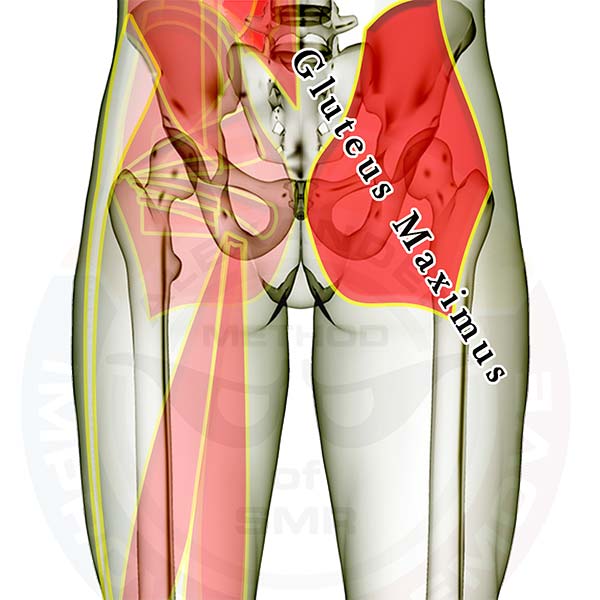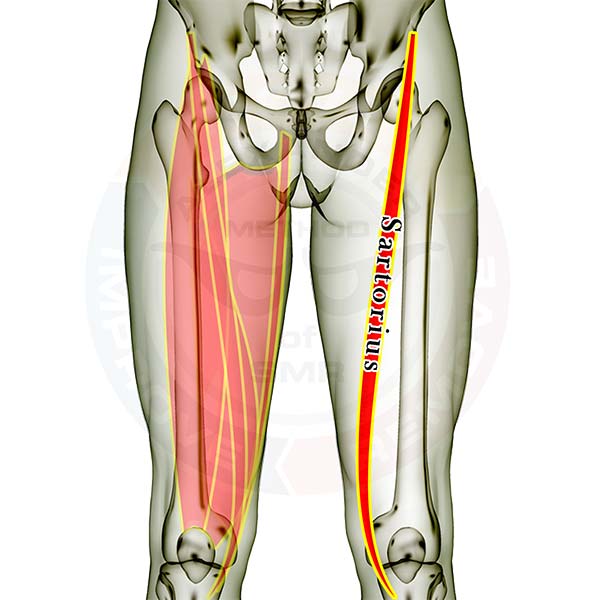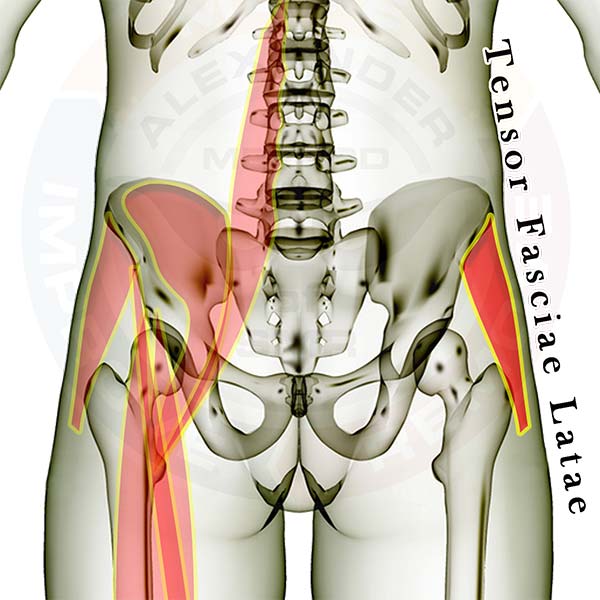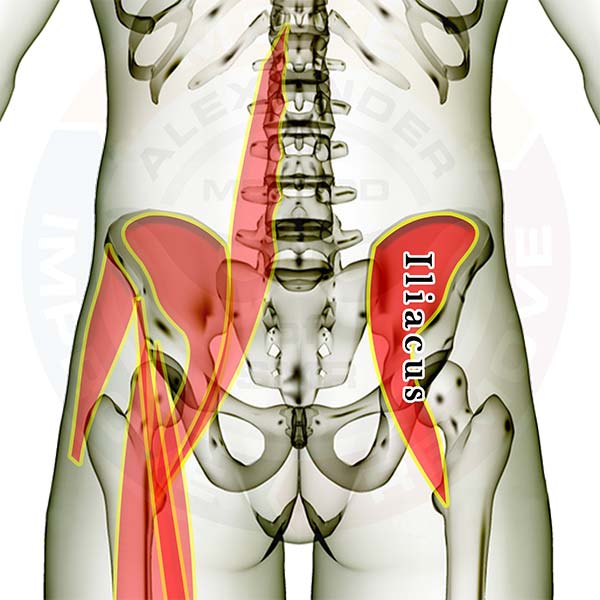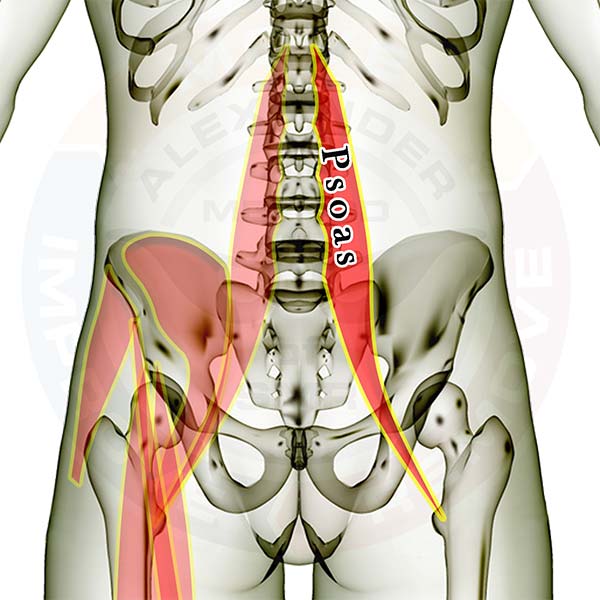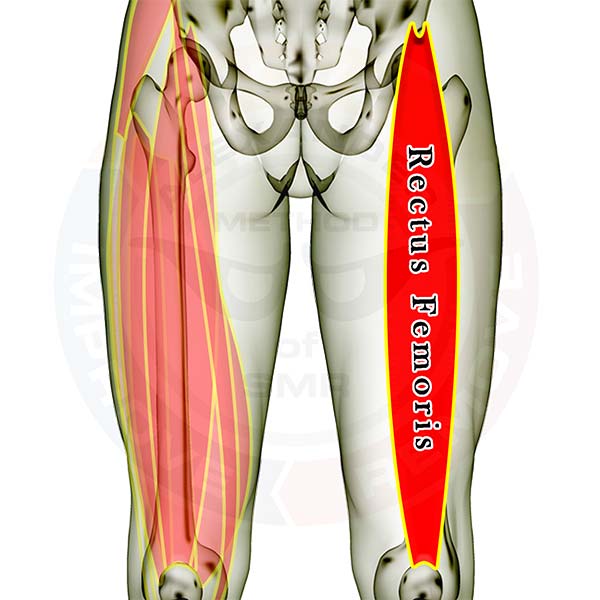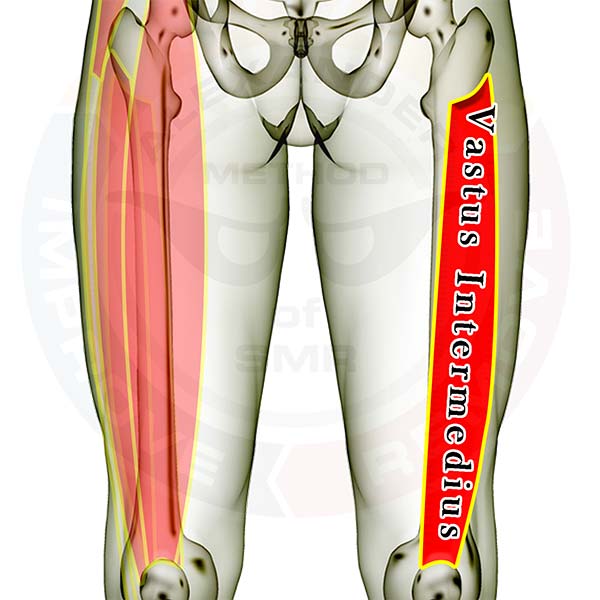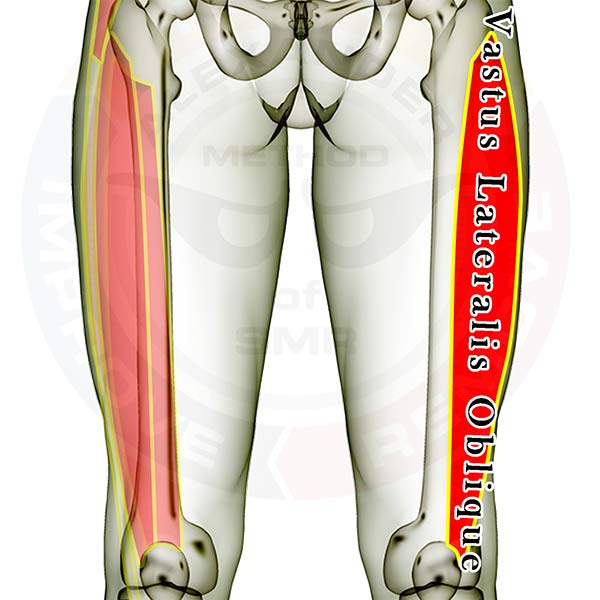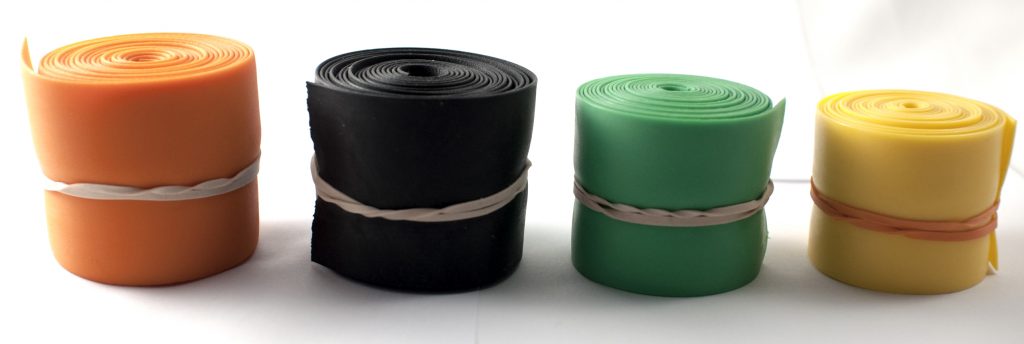
An added "side effect" of the reperfusion that immediately follows use of the compression strap is a reduction in the perceived pain in your tight muscles as you use a roller or ball to practice SMR.
SOOOOOO, use the compression strap immediately before using your rollers or balls. It will hurt less and bring you faster results.
Use these bands for lighter to moderate resistance and light to aggressive compression.
To order compression straps for yourself or your facility, click here
The following are several instructional videos we uploaded to YouTube:
Use these bands for lighter to moderate resistance and light to aggressive compression.

Pack of all 4 Bands (Levels 1 through 4) has a 1-7/8" wide and 2-6 lbs. resistance band up to a 2-1/2" wide and 5-13 lbs. of resistance band. These 80" long bands can be used for entry to moderate level strength training, or in a rehabilitation setting. This product is extremely durable, latex-free and made in the USA.
Click here to view all of the individual straps.
Legal Disclaimer
Any suggestions for use of the items on this page with SMR techniques are made for educational purposes only. No claim is made to provide relief of any diagnosed disorder. Proper use of any of the products or educational materials found on this site are the sole responsibility of the user.

